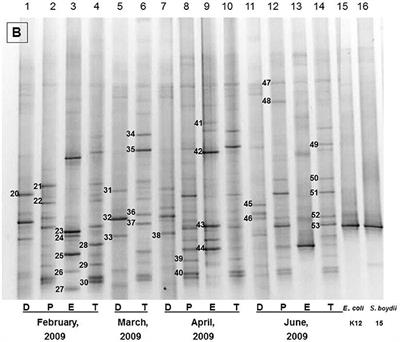ORIGINAL RESEARCH
Published on 31 May 2019
Bacterial Community Profiling of Tropical Freshwaters in Bangladesh

doi 10.3389/fpubh.2019.00115
- 2,976 views
- 10 citations
11k
Total downloads
56k
Total views and downloads
ORIGINAL RESEARCH
Published on 31 May 2019

ORIGINAL RESEARCH
Published on 19 Feb 2019

PERSPECTIVE
Published on 26 Jun 2018

REVIEW
Published on 30 May 2018

ORIGINAL RESEARCH
Published on 26 Feb 2018
